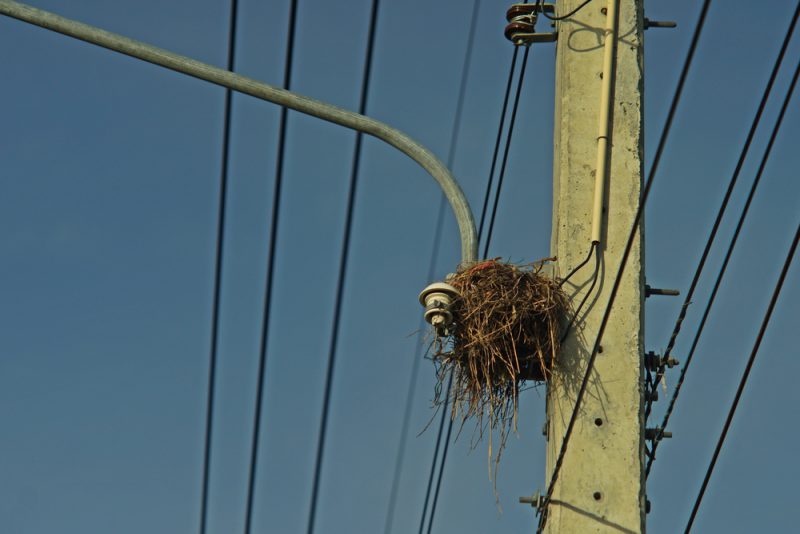FirstEnergy Utilities uses drones to inspect protected bird nests on electric equipment

FirstEnergy’s electric utilities in Ohio recently began using drones to inspect nests of protected birds of prey on utility poles and other electric equipment.
Traditionally, a line worker would have to inspect the nests manually, but this is time-consuming and can disturb the nest. Drone inspections, FirstEnergy said, can be completed in 15 minutes and do not disturb the birds.
“We were initially concerned the drone would startle the birds, but they were more frightened by the people on the ground and didn’t seem to notice the drone in the sky,” Amy Ruszala, an environmental scientist who was on-site for the first nest inspections, said. “I am excited we are among the first in the utility industry to use drones for nest inspections, and confident other utility companies will use our positive feedback and follow suit.”
FirstEnergy used its drones to capture high-resolution images of the inside of the nests. The company’s environmental support staff and line workers then determined the appropriate next steps based on the footage.
If the nest did not contain eggs, a line worker in an aerial bucket truck would typically confirm the nest was empty and then remove it. In most cases, nests containing eggs cannot be disrupted due to environmental regulations.
First Energy also installed equipment designed to discourage osprey from building nests on utility poles. In some instances, the utility may be able to install a nesting box to enhance the safety of birds nesting on electrical equipment and help prevent outages.
“If a nest with eggs is situated on our equipment and poses a serious threat to the birds’ safety and our service reliability, we will work with state wildlife officials to install a special nesting box to provide a safer home for the ospreys and eagles,” Ruszala said.
FirstEnergy plans to work with wildlife officials this fall to identify and build new nesting platforms for birds away from electrical equipment.
The company has completed seven osprey and eagle nest inspections and anticipate that number will increase substantially over the next year.
